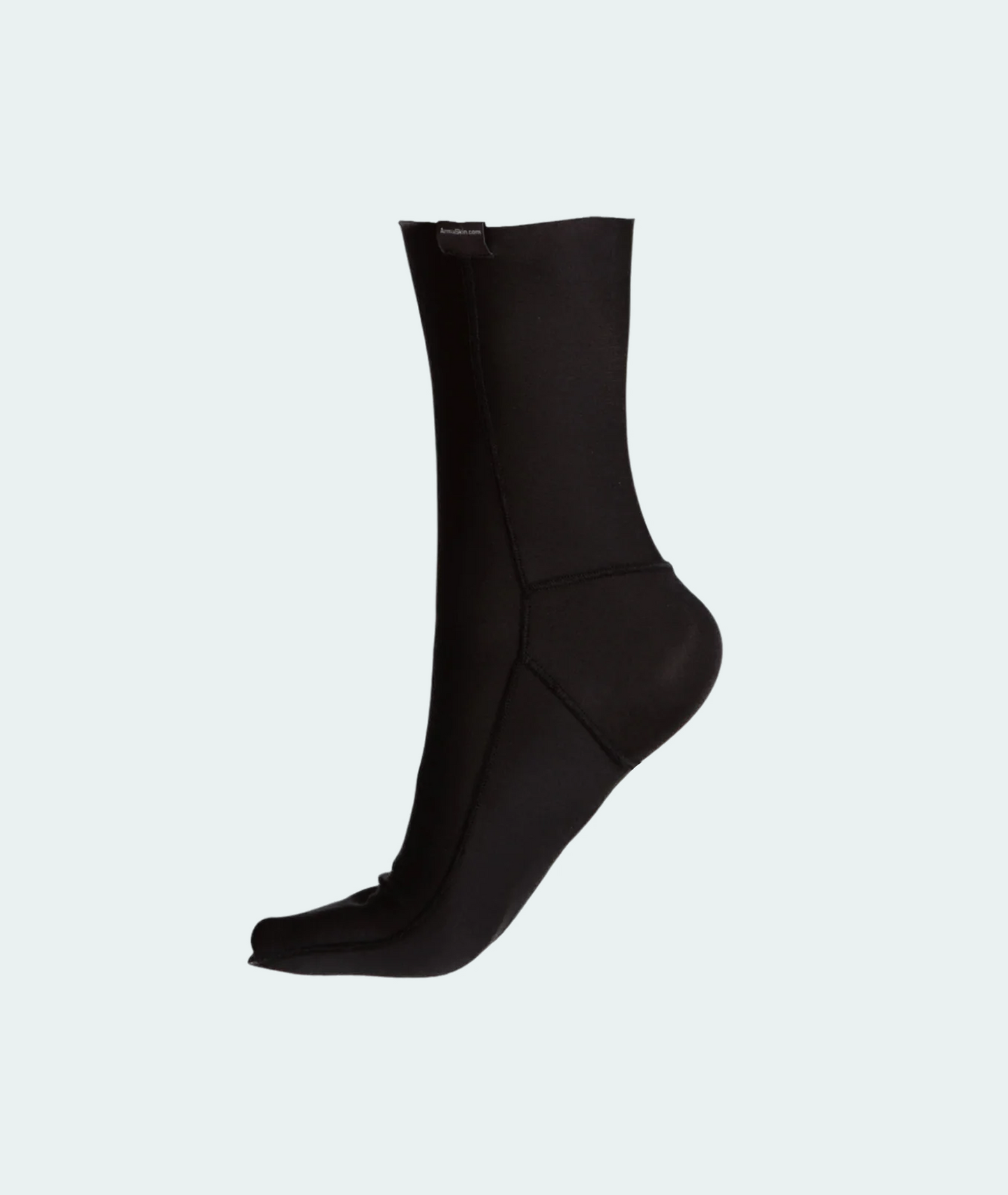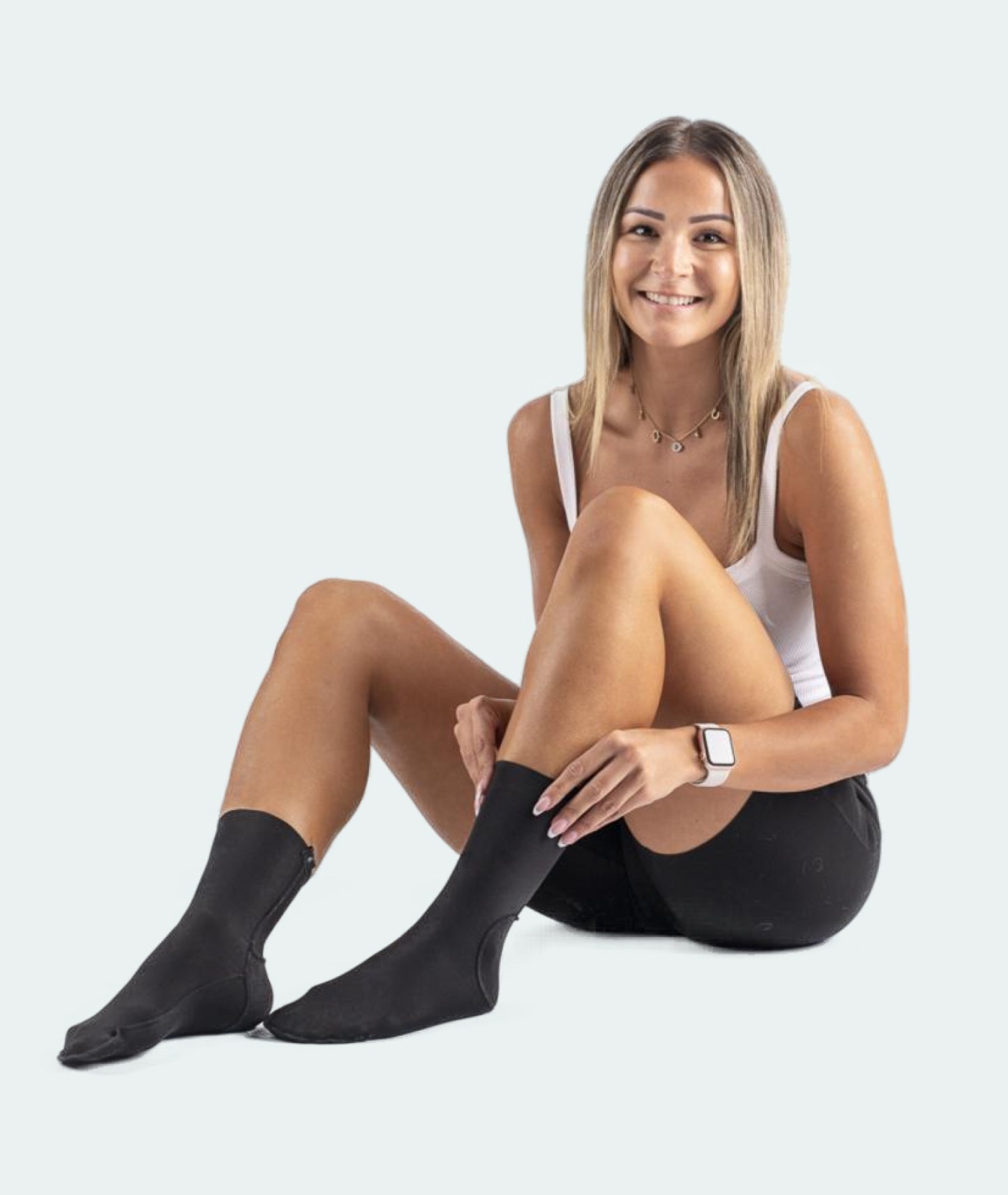
The OxFam Trailwalker is back live in Oz! September in Sydney and October in Melbourne.
Trailwalker is not a typical hike! It is one of the most inspiring team challenges in the world. Team efforts help OxFam tackle poverty via OxFam projects across the globe.
You and 3 mates journey through 100km of bush trail within a 48 hour limit.
Experienced hikers consider 30km over good terrain a heavy day’s work! So, 100km in 2 days is a serious challenge, especially if you are undertaking this without a background in hiking or endurance sports.
At the extreme, some teams will elect to run the course!
Even without previous experience, it is achievable provided you and your team approach the challenge with care and dedicated training.
While there is no rule against taking a nap, the general strategy is to start and then not stop until you are finished!
Importantly, it is not a race, it’s all about teamwork and finishing something worthwhile together. The feeling when you cross the finish line will be something you’ll never forget.
Key differences to day hiking:
1. Covering 50km per day for 2 days is very testing,
2. You will be covering parts of the trail at night, but
3. Because there are support checkpoints, you won’t need to carry as much pack weight and your support team can be at up to 7 checkpoints along the way for food and water replenishment, refreshments and first aid.
TRAINING:
HINTS for Preparing your team for the Trailwalker
Don’t Let Blisters Slow You Down!
Discover the ultimate solution with ArmaSkin Anti-Blister Socks. Designed with advanced friction-reducing technology, these socks keep your feet dry, comfortable, and blister-free – no matter the challenge.
Shop NowStart now! Ideally, you should start your training about 3 to 4 months prior to the walk. Start with smaller walks of 8 to 12 km and start slowly building up from there until you are completing at least 45 to 60km walks towards the end of your preparation. A sound strategy from one week to the next, is not to increase your total weekly distance covered or the distance of your long walk/run by more than ten percent. A big increase in distance or level of intensity greatly increases your chances of injury.
The most important part of training is the long ‘sandwich’, where you do back-to-back walk/runs on successive days (like Saturday and Sunday). Initially, train locally. Train as close to home as possible. If this is your first Oxfam Trailwalker event, walking or running this far for the first time is tough enough without the addition of travel stress!
Put early effort into gathering a strong support team who will be prepared to support you at checkpoints during the event as well as help your fundraising activities in the lead up to the event.
Use your training to:
+ Build up your strength, stamina and confidence.
+ Work out the best strategy for your team, including what to eat, when and how long to rest, what gear and gear changes you’ll need, etc.
+ Build your teamwork.
+ Establish a simple pre hike stretching routine.
+ Help plan your team’s transition through the event checkpoints.
+ Familiarise yourself with sections of the Trailwalker trail.
+ Find out what you’ll need to carry, especially the type and amount of food, amount of water, etc. While there is no reward for carrying more than is necessary, keeping the body and mind fuelled is very important.
+ Hone your navigation skills. Always take maps and make sure you know how to use them. (Also, take a torch and some spare money — just in case.)
+ Find a team rhythm. Use your training to establish a rhythm for the event. If you are planning to include running in the event, a popular run/walk pattern is to run 20 minutes then walk 5 minutes. Some people prefer a walk/walk or even a walk/jog pattern where you might jog the flats and walk the rest. Again, apply the pattern that you practiced in training. Nearly all teams (including the most advanced) walk the uphills — even the small hills — to conserve their energy.
+ Log the distances and times you take. Especially if you are practising on sections of the Trailwalker trail this will help you find out what training works best and will provide valuable time estimates for your support crew.
+ Get in the habit of “Leaving no trace” on your hike.
+ Have fun. Positive teammates make for more fun. They will also help you to establish more credible team goals and provide entertainment and encouragement. Arrange your training hike to finish at a beach or local restaurant, then invite your support crew to join you for a small celebration.
+ If time is a problem, shorter, faster sessions are a good alternative. More intense interval training will improve your endurance because it boosts muscle strength and stamina.
+ Include some cross training, along with regular stretching and possibly a weight training program, will reduce your risk of injury and keep the training interesting. It is particularly important for beginners who are just starting to build their strength and endurance.
Sydney Trailwalker
https://trailwalker.oxfam.org.au/oxfamtrailwalkersydney

Melbourne Trailwalker
https://trailwalker.oxfam.org.au/melbourne100trail

BLISTER PREVENTION:
The most common physical drama faced by a Trailwalker is blisters! About 1 in 5 people have to pull out because of easily preventable issues such as blistering, soreness in the foot or leg, fatigue or poor preparation. On average half of Trailwalkers develop blisters.
Here are some simple steps to preparing your feet and footwear for the journey to avoid blisters which apart from painful discomfort can result in infections and in the worst case an incomplete Trailwalk.
As with any activity, the proper footwear choice is essential for having a great event. During the walk you will encounter many different surfaces and terrains, including gravel or muddy tracks with often steep inclines and descents. Having a couple of pairs of shoes to tackle the event will help. It’s best to get 2 different styles of shoes, ideally a solid running shoe (for the easier parts of the track) and a trail walking or hiking shoe for the more arduous areas. Get these shoes early in your preparation before the event to give you time to wear them in and make sure they’re comfortable.
Use your training walks to assess if you get blistering, hotspots, or abnormal pain in your muscles. Prevention is the best cure possible, so if in doubt, get checked out by a health professional prior to the walk.
Select good quality socks which can provide comfort in the prevailing temperatures. They need to be wear-resistant and efficiently wick moisture away from your feet. High content merino wool is a good place to start. Cotton is to be strictly avoided. Have a spare pair or two to change into should your feet become saturated or simply to give them the benefit of a fresh and softer cover.
Select a good quality liner sock like ArmaSkin to prevent shear forces being transferred to your skin layers. If you use ArmaSkin you can wear the same pair for the entire journey. Be aware that a pair of ArmaSkin last around 500km so one pair will be sufficient for the event. However include your kms covered in training sessions in the lead up to the Trailwalker when deciding when to get a fresh pair.
While it is a personal choice which should be informed by the terrain of the course that you are covering, it is likely that trail shoes would be preferred rather than a heavier hiking boot. Light running shoes, may not quite be up to the training and the course especially if they get saturated.
When selecting footwear wear the socks you are using for your journey. Ensure the size will allow for normal foot swelling. A rough rule is that you should be able to fit your thumb between your heel and the back of the shoe. Also, be sure to check the toe-box to ensure that there is plenty of room for toes to move there especially if you have relatively wide feet. Your toes will swell as well!
Read up on and practice a few different lacing techniques which can be used eg to hold your foot firmer in the boot (handy for extended downhill) or loosen specific areas of the boot should you be experiencing discomfort. During the hike if you sense your shoes are getting tight then adjust the lacing accordingly.
Train, train, train. Make sure you are using your Trailwalker shoes as often as possible in your training (and maybe even as your day to day wear). Just as your new shoes will start to loosen and shape towards your foot shape, your feet will also be changing in reaction to extended hiking. The aim is to get to a happy place before you start your Trailwalker. Importantly your training should include long hikes with your fully packed Trailwalker pack. That extra weight puts extra loading on your feet and also can change your gait. Before you start your Trailwalker is the time to have identified any weak spots.
As part of your training, form a view as to when to take breaks. Even though you have regular checkpoints, having mid-section breaks will be important. Given that Trailwalker sections are between 10-15kms mid section breaks would be timely to mitigate against feet swelling. For best results use the break to take your shoes and socks off and elevate your feet to ease swelling.
If at any time you feel a hotspot on your foot, stop and determine and as far as possible fix the cause. It may be caused by a fold in a sock, gravel in the shoe, a rough edge on a shoe seam etc.
Following the above will maximise the chances of having a blister free Trailwalker.

For more information on the Trailwalker here's a LINK
ArmaSkin Trailwalker Team Support OFFER. 90% discount!
ArmaSkin likes to support a few teams for these events. If your team would like a 90% discount on four pairs of ArmaSkin then email ian@armaskin.com with your Team name and mention whether you are doing the Sydney or Melbourne Trailwalker. (LIMITED OPPORTUNITY SO ACT FAST)














